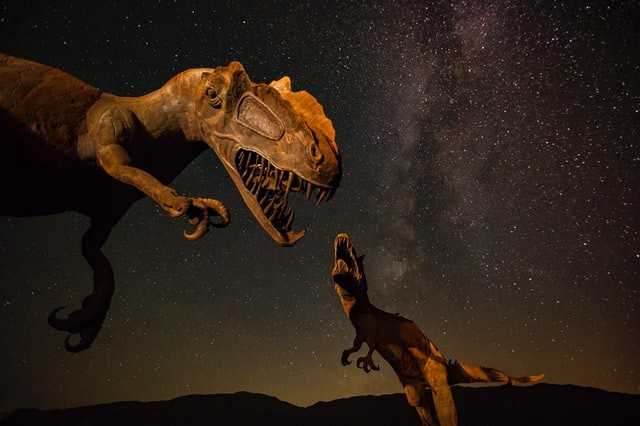Scientists have discovered the most dangerous place in the planet's history. On CNET's previous report, a paleontologist stated that time travelers would not survive if they set their time-machine a hundred million years ago in this predator-packed region of the African continent.

Scientists found the most dangerous place on the Earth
According to CNET, a study was conducted by an international team of scientists and researchers led by paleontologist Nizar Ibraham that revealed the deadliest place in Earth's history; even time travelers would not survive in the predator-packed place warned Ibraham.
"This was arguably the most dangerous place in the history of planet Earth, a place where a human time-traveler would not last very long," Ibraham said in the press release of the University of Portsmouth, on Friday, April 24.
The team of scientists conducted a wide-ranging survey of the creatures and geology of southeastern Morocco called the Kem Kem Group. It's a fossil-rich escarpment that consists of two distinct formations, the Douira Formation and Gara Sbaa Formation.

According to Ibraham, Kem Kem group was once home to the largest and most dangerous predator-dinosaurs ever discovered.
The Journal Zookeys published the first detailed and fully illustrated account of the fossil-rich escarpment, which was produced by the researchers from the Universities of Detroit, Montana, Chicago, Leicester, Portsmouth, Casablanca, McGill, and the Paris Museum of Natural History.
According to the University of Portsmouth, southeastern Morocco was home to a vast river system filled with different species of aquatic and terrestrial animals about 100 million years ago.
The Kem Kem Group included fossils of three of the largest meat-eating dinosaurs ever discovered including the Sabre-toothed, Deltadrous, predatory flying reptiles known as Pterosaurs, and crocodile-like predators.
According to Professor David Martill, the co-author of the study, most of the deadly predators relied on the abundant supply of marine creatures.
"This place was filled with absolutely enormous fish, including giant coelacanths and lungfish. The coelacanth, for example, is probably four or even five times large than today's coelacanth. There is an enormous freshwater saw shark called Onchopristis with the most fearsome of rostral teeth, they are like barbed daggers, but beautifully shiny," he said on the report.
David Martill reiterated that the study is the most comprehensive piece of work on fossil vertebrates from the Sahara in almost a century.
The researchers' findings revealed a vivid picture of land filled with teeth. All things considered, it would be a wonderful place to live in if we were on top of the food chain 100 million years ago.
Also Read: Scientists Discover Monster Cannibal Galaxies; Can They Also Devour Our Galaxy?
ⓒ 2025 TECHTIMES.com All rights reserved. Do not reproduce without permission.




